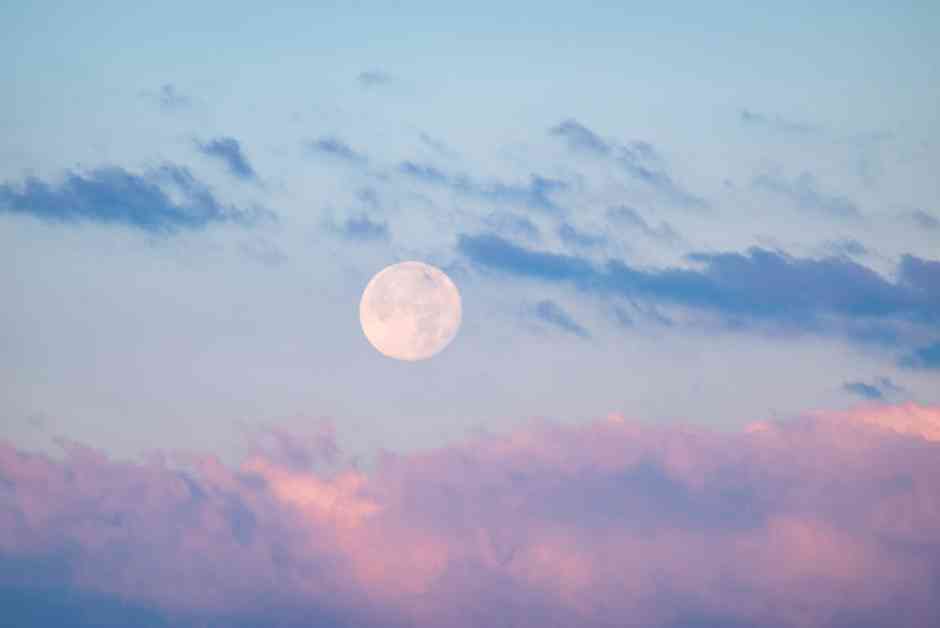It’s pretty common knowledge that stars are typically not visible during the day due to the brightness of the sun and the scattering of sunlight by Earth’s atmosphere. However, advancements in technology and observational techniques have made it possible for astronomers to view stars and other celestial objects even when the sun is shining brightly.
In the past, professional-grade equipment such as photometers and telescopes have been used to successfully observe stars during the day. More recently, astronomers at Macquarie University in Australia have developed a test rig called the Huntsman Telescope Pathfinder, which uses a commercial camera lens and digital camera to make daytime observations of stars with remarkable accuracy. These observations have allowed astronomers to measure the brightness of stars and even track the International Space Station as it moves across the sky during daylight hours.
While professional equipment can be used to observe stars during the day, it is also possible to see certain celestial objects with the naked eye. The moon, being one of the brightest objects in the sky, can often be seen during the day, especially when it is near first or third quarter. Venus, the third-brightest object in the sky, can also be spotted during the day when it is near the crescent moon. Additionally, comets and supernovae, when bright enough, can also be visible during daylight hours.
Observing stars and other celestial objects during the day not only provides valuable information to astronomers but also offers a unique opportunity for skywatchers to witness rare astronomical events. Advances in technology and observational techniques have made it easier than ever to view the wonders of the universe, even when the sun is shining bright. Whether using professional equipment or simply relying on the naked eye, the possibilities for daytime stargazing are endless. So next time you find yourself outside during the day, take a moment to look up at the sky – you never know what celestial surprises you might discover.






